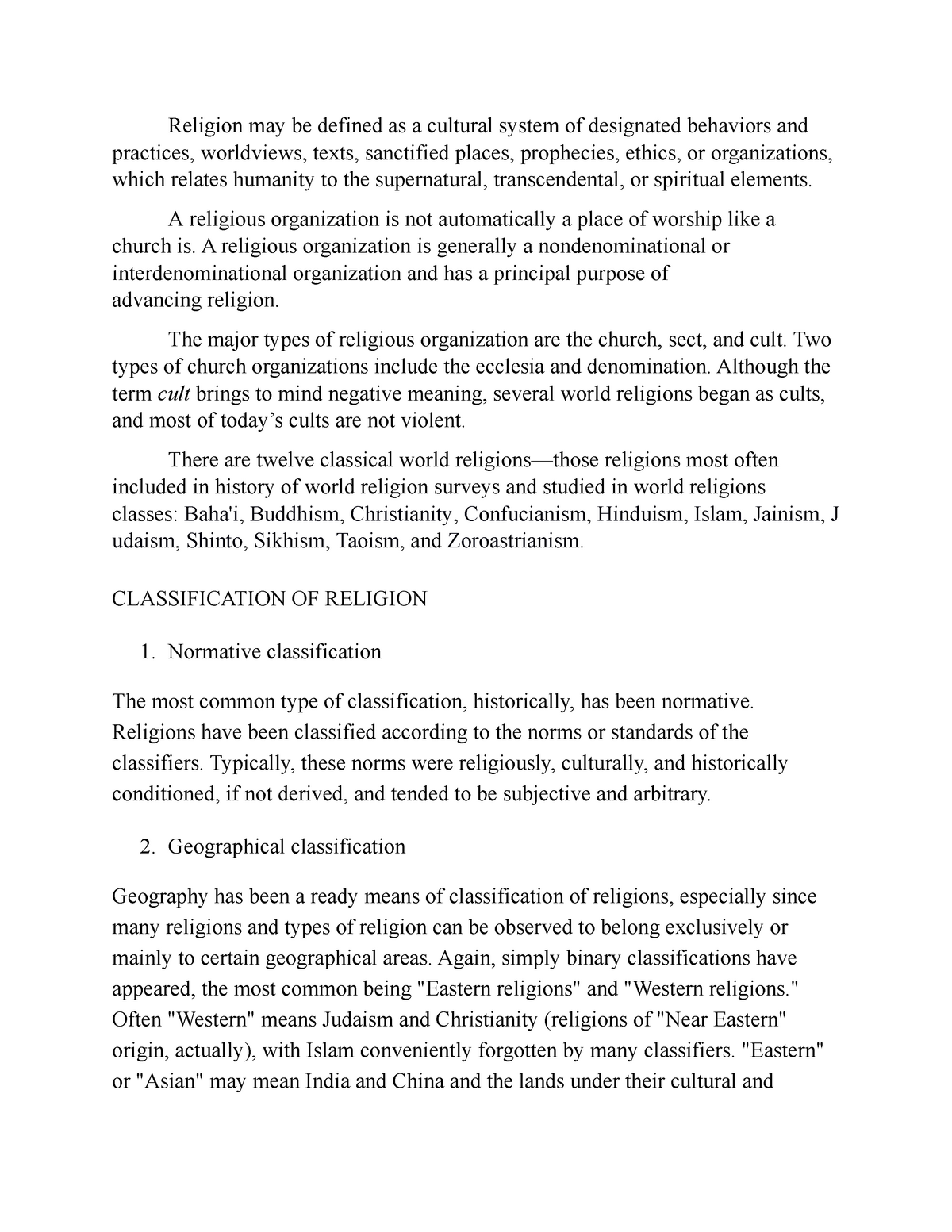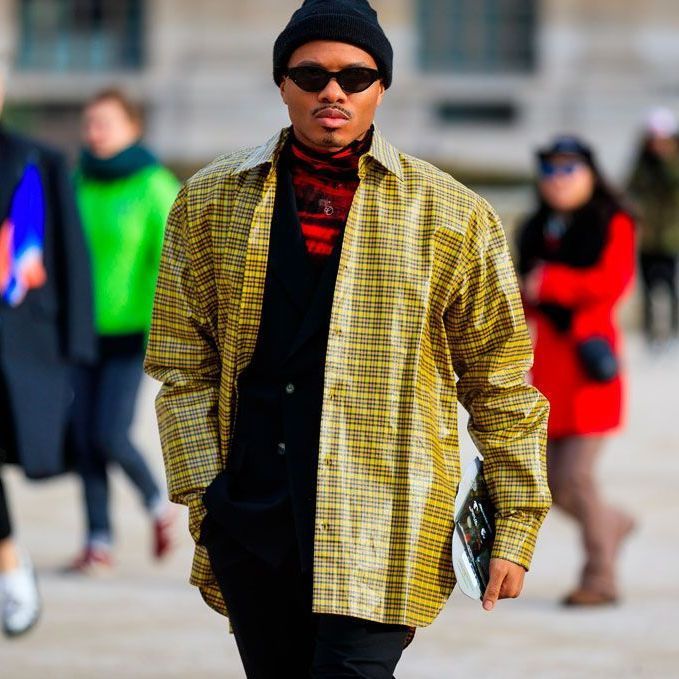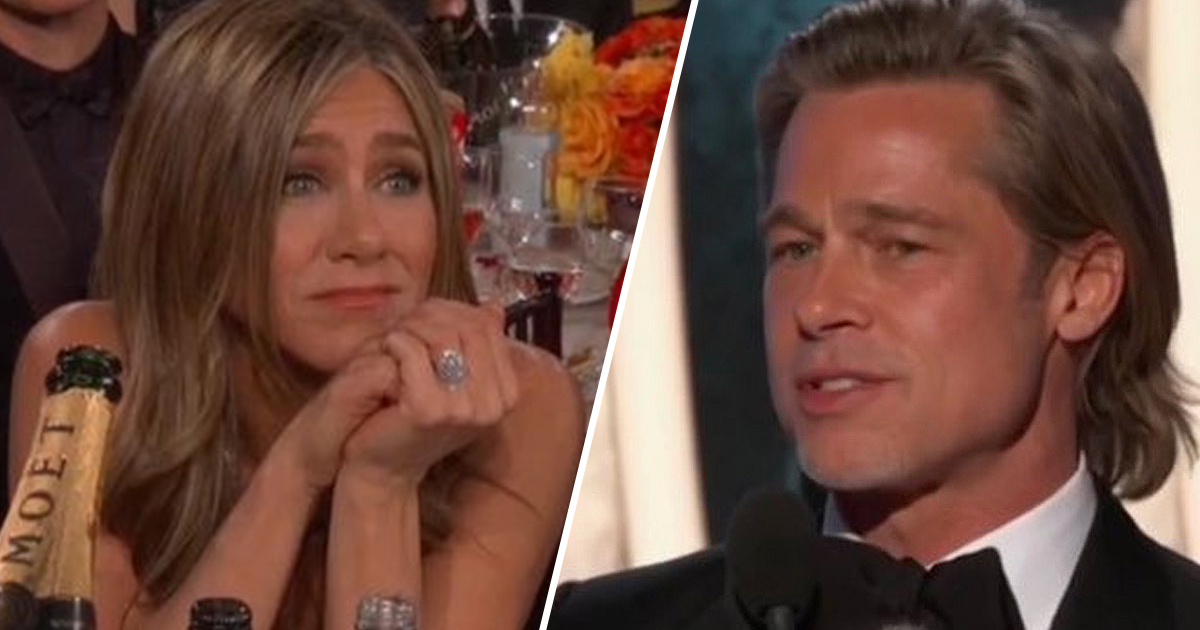
Cubism, an art movement that was inspired from Fauvism, can be simply described. Its main goal was to depict real objects and things from different perspectives. Flat geometric shapes were used by the artists to create images of objects and situations. These images were intended to convey three-dimensional structure and qualities. Its followers were influential in many aspects of modern art. Let's take the time to look at some of its most prominent artists.
10 famous cubism artists
Pablo Picasso is considered to be one of the greatest cubism artist. His works can be divided into periods. Some artworks belong under the Blue Period while others are under the African Influenced Period. Picasso was a pioneering figure in cubism. This method of painting was developed by Picasso and George Braque, who are both considered to be the founders of the movement. Cubism aims to attract people with geometric shapes.

Influence of Fauvism upon cubism
Fauvism was a new art movement that emerged in the early 20th century. It was influenced greatly by artists like Vincent van Gogh and Paul Gauguin. It was a loosely linked group of French painters, headed by Henri Matisse. Fauvism revolutionized communication of emotions using pure color. Fauvism's impact on cubism artists was immense. It has remained one among the most influential movements within modern art.
Techniques used for cubism artists
Cubism, a new avantgarde art movement, revolutionized European painting & sculpture in the early twenty-first century. Similar movements emerged in literature, architecture, music and music from its revolutionary methods. Flat shading, and geometric abstraction, were the main techniques used by Cubism artists. Artists transformed the way that they depict objects by using these two styles. Here are some examples. Hopefully, this information will make it easier for you to understand this important avant-garde movement.
Cubism artists used a variety colors
Cubism is in Color: Juan Gris' Still Lifes of Cubism examines the remarkable contributions of Cubism to American culture. The exhibition features almost 40 paintings, showing the evolution of the artist's style and exploring the boundaries between representation and abstraction. It is a wonderful opportunity to see the artist's unique relationship towards color.

Origin of the movement
Paul Cezanne, a French painter who lived in Aix-en-Provence, is responsible for the earliest cubism examples. His work had a significant impact on the cubist movement, even though he never displayed in Paris. His paintings are notable for their lackluster three-dimensionality, and uniform brushstrokes. These traits inspired Georges Braque to create his famous painting Houses of L'Estaque.
FAQ
How can we avoid the dangers posed by pop culture?
We should first be able to identify when pop culture has an influence on us. It is important to recognize when pop culture influences us. Then, it is crucial that we do not allow ourselves to be influenced. These are some ways to avoid bad influences.
-
Avoid watching violent TV shows like Game Of Thrones.
-
Do not spend too much time on the Internet. Read books instead.
-
You should watch less TV. Spend your free time on healthy activities.
-
Be cautious about what you write online. Remember that you can never delete comments once they've been posted.
-
You should ensure that all websites you visit are secure. Before you provide personal information, be sure to check them.
-
Don't let anyone pressure you into doing dangerous things.
Talk to an adult to help you if you find yourself addicted to pop music. You can contact your local library, or the National Center For Missing & Exposed Children (1-800-583-LOL).
Why is pop music so beloved?
Pop music is popular because it is fun! Pop music can make you feel happy and give you a feeling of freedom. Pop music is a popular choice and people can think about whatever they want. Pop music is not a distraction from what they think. Pop music is so beloved because of this. People like listening to songs that make them feel good. When you feel low, turn on the radio for some upbeat tunes. You might even find yourself singing along. This is why pop music has been so successful over the years.
What does pop culture teach us?
Our society today places more importance on material goods than all other things. This is particularly true for young people. They spend hours a day staring at screens. They look at screens and watch videos, as well as play video games and surf the Internet. They lose focus of school work because they are constantly distracted by these distractions. This leads to them failing classes.
We live in a world where everyone wants to fit in. That means being popular. Popularity hinges on having money, clothing, and other possessions. This makes it easy for some people to do wrong.
Technology has made us too dependent. Technology has given us access to all kinds of information. However, not all information is accurate. False rumors are all over the Internet. These rumors are quickly spread by people sharing them on social media. It's easy to post something without checking whether it's true.
People have lost their ability to think critically. They trust everything they read online. They believe what they see on TV and in magazines. They stop thinking for and about themselves. Instead, they follow others.
We lose control over our lives when we rely upon others to tell the truth. Pop culture teaches you to depend on others. It can also lead to lazy people. While the truth is often out there, we don't always know it.
What are some examples from pop culture in 2020?
The music industry is evolving rapidly. We saw artists like Travis Scott and Post Malone reach number 1 on Billboard’s Hot 100 chart. This was a record-breaking feat for any artist.
The same goes for streaming services. Spotify reported that they streamed over 10 billion hours of audio content last year alone. It's 5x more than the content users were listening to five years ago.
This has resulted a huge shift in the ways people consume media. Now, more people consume content than create it.
Everybody, from babies to old age, can now listen to high-quality audio content. This allows anyone to record, edit and mix their music.
It's no longer necessary to go to university and study classical instrumentation to be able to play your favorite song. You can simply download an app, add your voice, and upload them to YouTube.
You don't have to be a musician, but you can watch others make it. You can find videos on many channels of songs, including parodies and covers.
What is Tik Tok pop culture like?
The answer is Yes It's not for teenagers. You can share these videos with your friends to express yourself, show off, or just for fun.
The app is used daily by more than 200 million people around the globe. And this number grows by millions each day.
TikTok is a great way for brands to connect and create meaningful relationships with consumers.
TikTok also has many influencers that have built huge followings. These creators create original content to engage audiences all over the globe.
So what are waiting for? Here are four ways you can take advantage of this trend.
-
Create Viral Content
-
Engage Influencers
-
Use Visuals Effectively
-
Create with Your Audience
What is pop culture of today?
Pop Culture is the art form of the 21st century. It encompasses all forms of popular entertainment, from music, film, TV, video games, fashion, advertising, comics, etc. In his 1985 book, Amusing Ourselves Too Death (1985), Neil Postman first coined this term. Pop refers to mass communication that uses formulaic and cheap tricks to create an illusion or spontaneity.
He did however point out that most people don't feel genuine enjoyment because they are trained to seek media experiences which make them feel superior. He also argued that cultural expression has contributed to the decline in critical thinking skills among young adults.
Pop culture has also been referred to as popular culture or consumerism.
Who is the inventor of Pop Music?
Invented by Frank Zappa. Pop music was his preferred style.
He said that he wanted to write music that would appeal to everyone. Pop music was what he called his music.
Zappa also coined the phrase "You know it’s POP when ..."" which refers to something being popular if it is enjoyed by many people. For example, Michael Jackson's Thriller album is one of the best-selling albums ever.
Zappa's definitions of pop music are different than the current. Pop music today includes all kinds of music. But back then, only certain kinds of music were considered pop.
Statistics
- According to CNBC.com, “more than 70% of the film's revenue came from countries outside the US” (https://www.cnbc.com/2019/01/08/aqua...nal-sales.html, ret. 8/18/19). (socialsci.libretexts.org)
- According to Kathryn Sorrells (2013, pp. 142-144), there are several ways that we can become informed consumers of popular culture. (socialsci.libretexts.org)
- Yet a Nielsen study shows they account for 42% of the country's most-watched content on streaming services. courtesy Nielsen (npr.org)
- For example, the term hater meaning someone who strongly undermines or criticizes others, often due to pathetic jealousy, likely emerged from hip hop culture, such as the term playa hateras, used by influential rapper Biggie Smalls as early as 1995. (simplicable.com)
- According to Dictionary.com, popular culture, or low culture as it is sometimes referred to is comprised of the “cultural activities or commercial products reflecting, suited to, or aimed at the tastes of the general masses of people” (7/21/19). (socialsci.libretexts.org)
External Links
How To
What is pop culture and how does it relate to movies?
Popular Movies Culture includes all aspects entertainment such as books, magazines, newspapers and television programs. It also includes websites, blogs, social media, apps, gaming, and other media.
Movies can be divided into three types: comedy/dramatic, horror (action/aventure), fantasy, science fiction and romance.
Movie plots generally follow a pattern of predictable events that conclude with a satisfying resolution.
Films' success is dependent on how closely they follow this formula.
Here are some common plot points:
-
A protagonist who must overcome obstacles to achieve his/her goal;
-
An antagonist that opposes your protagonist throughout the film.
-
A moral dilemma that requires the protagonist's to make a decision.
-
A twist ending that changes everything.
If you don't think your story fits into any of these categories, it may be necessary to revise your outline or concept before you begin writing.
These questions are particularly important to consider:
-
How do I establish my setting?
-
What does my protagonist desire?
-
Why should readers care?
-
Where is my story heading?
-
Who is my main protagonist?
-
Is there any conflict?
-
What is the climax?
-
What is your resolution?
-
Is it happy or sad that the ending is here?
-
What about introducing new characters?
-
Do I have multiple settings in my story?
-
Are there subplots?
-
Are there major themes?
-
Can I tell the whole story in one chapter?
-
Are I effectively using dialogue?
-
Is my language clear and concise?
-
Is my vocabulary appropriate for the context?
-
Have I used an active voice over a passive one?
-
Are there any spelling errors?
-
Is my grammar correct?
-
Are there too many adverbs
-
Is there anything I could do to improve this?
-
How do you feel about my first impression after editing?
Your job is more than just to write a book. It is also about getting it published.